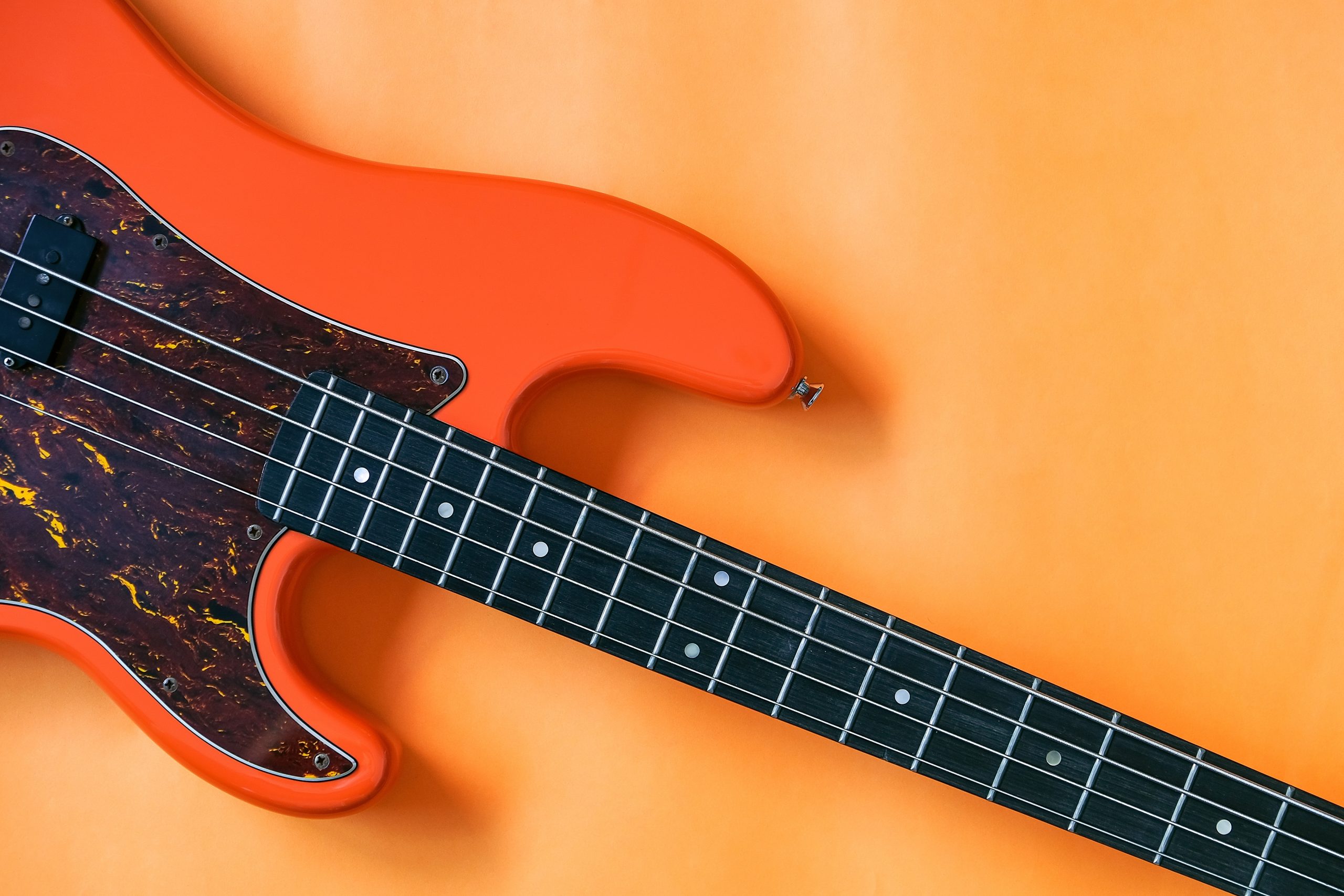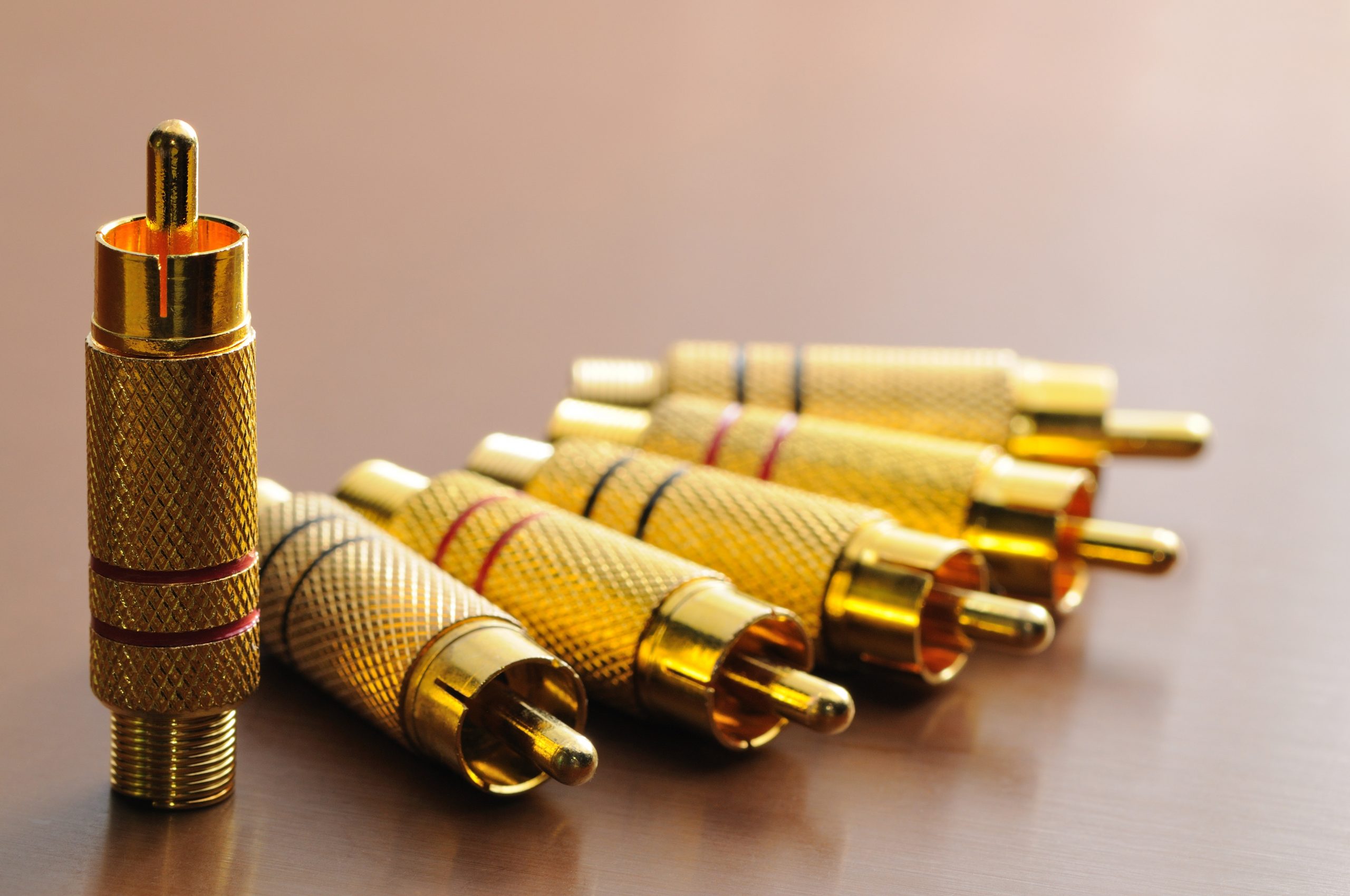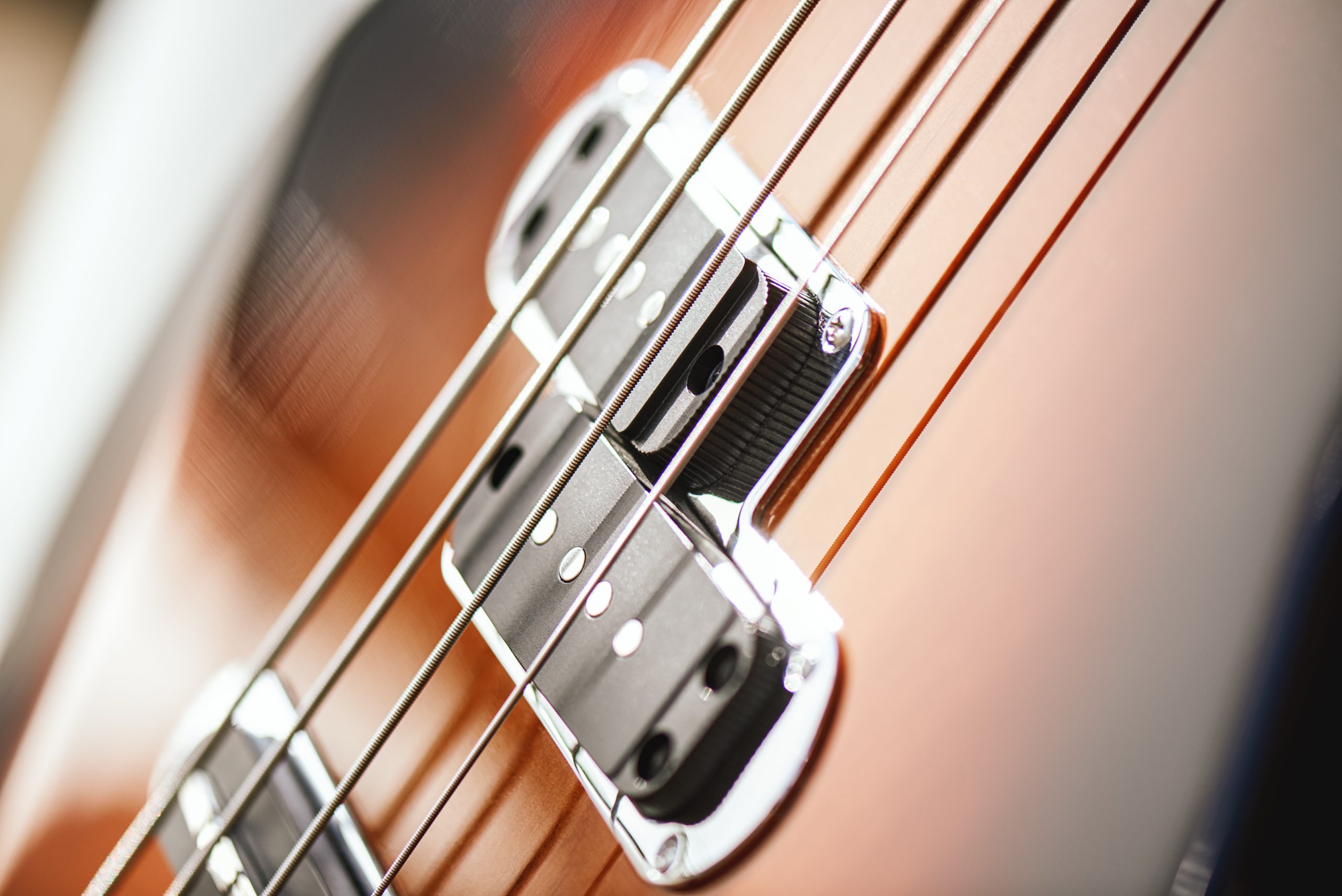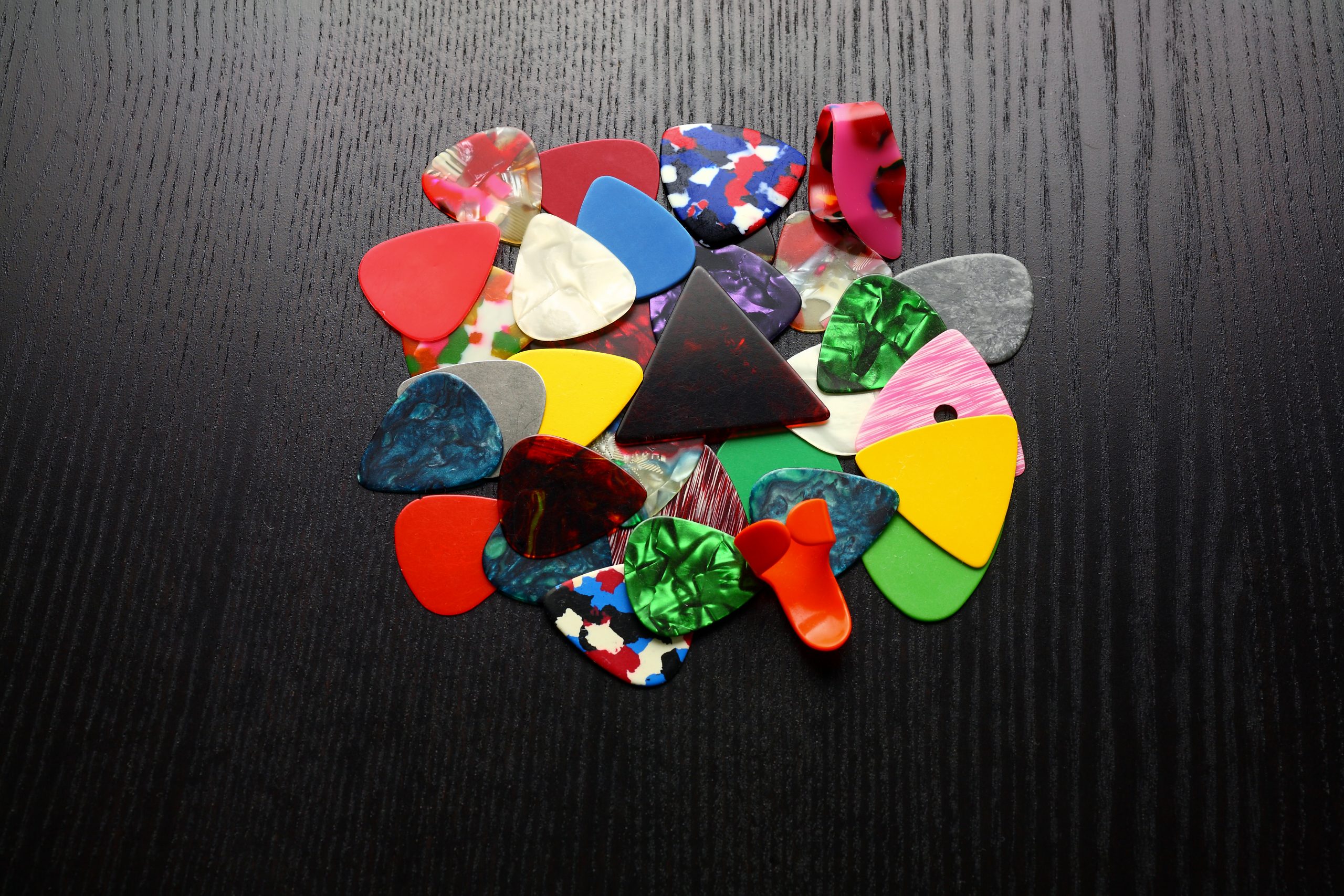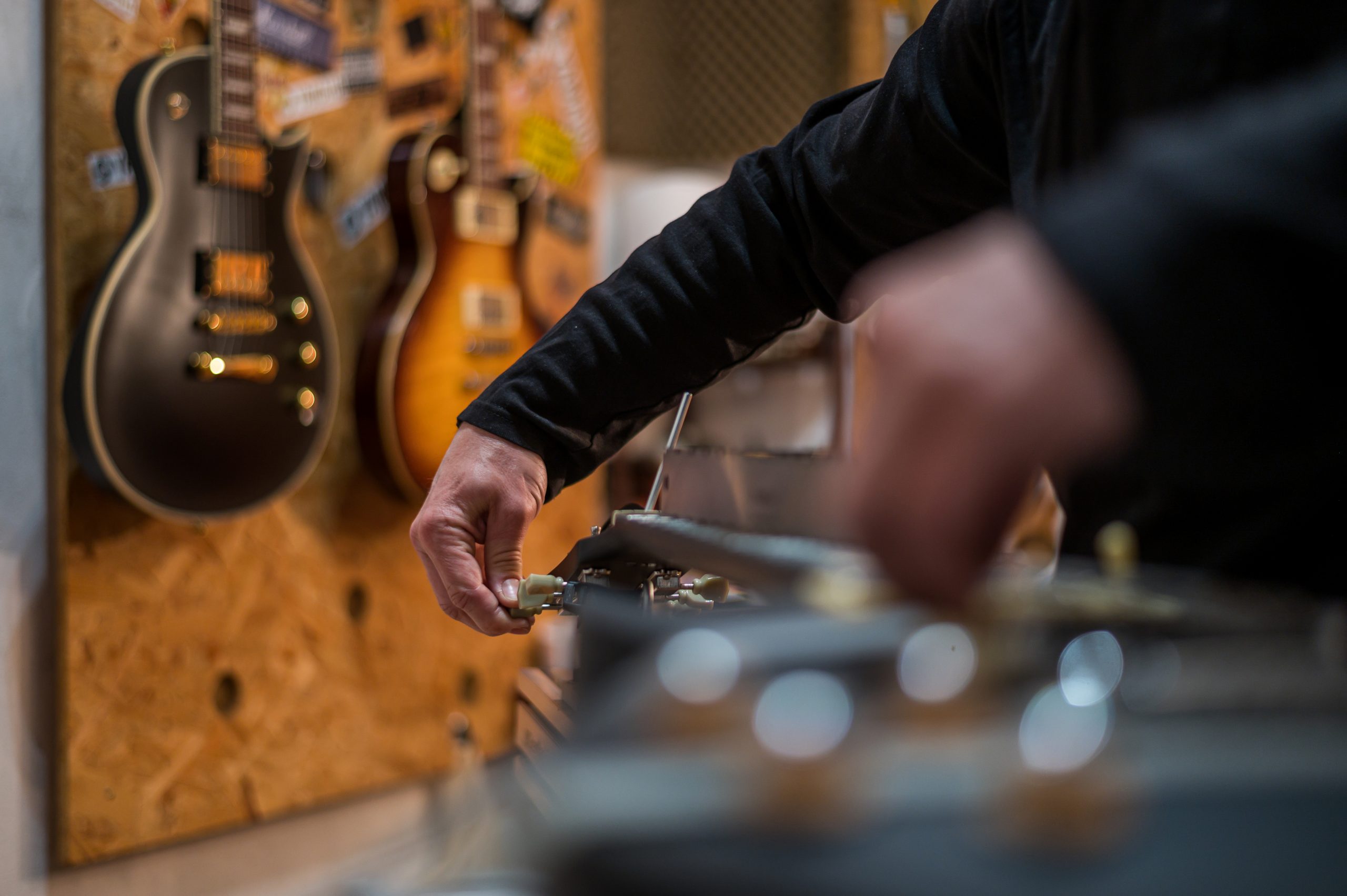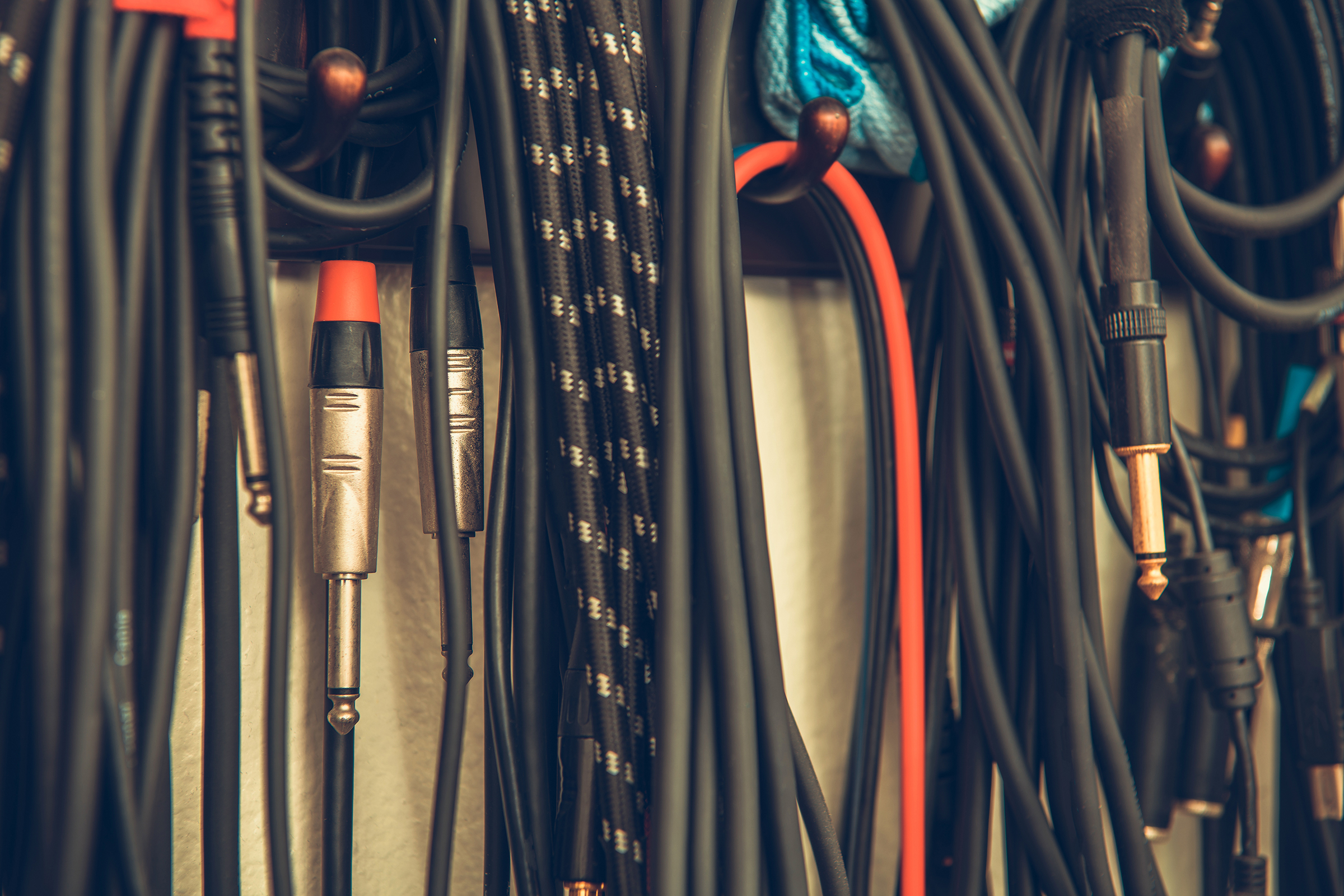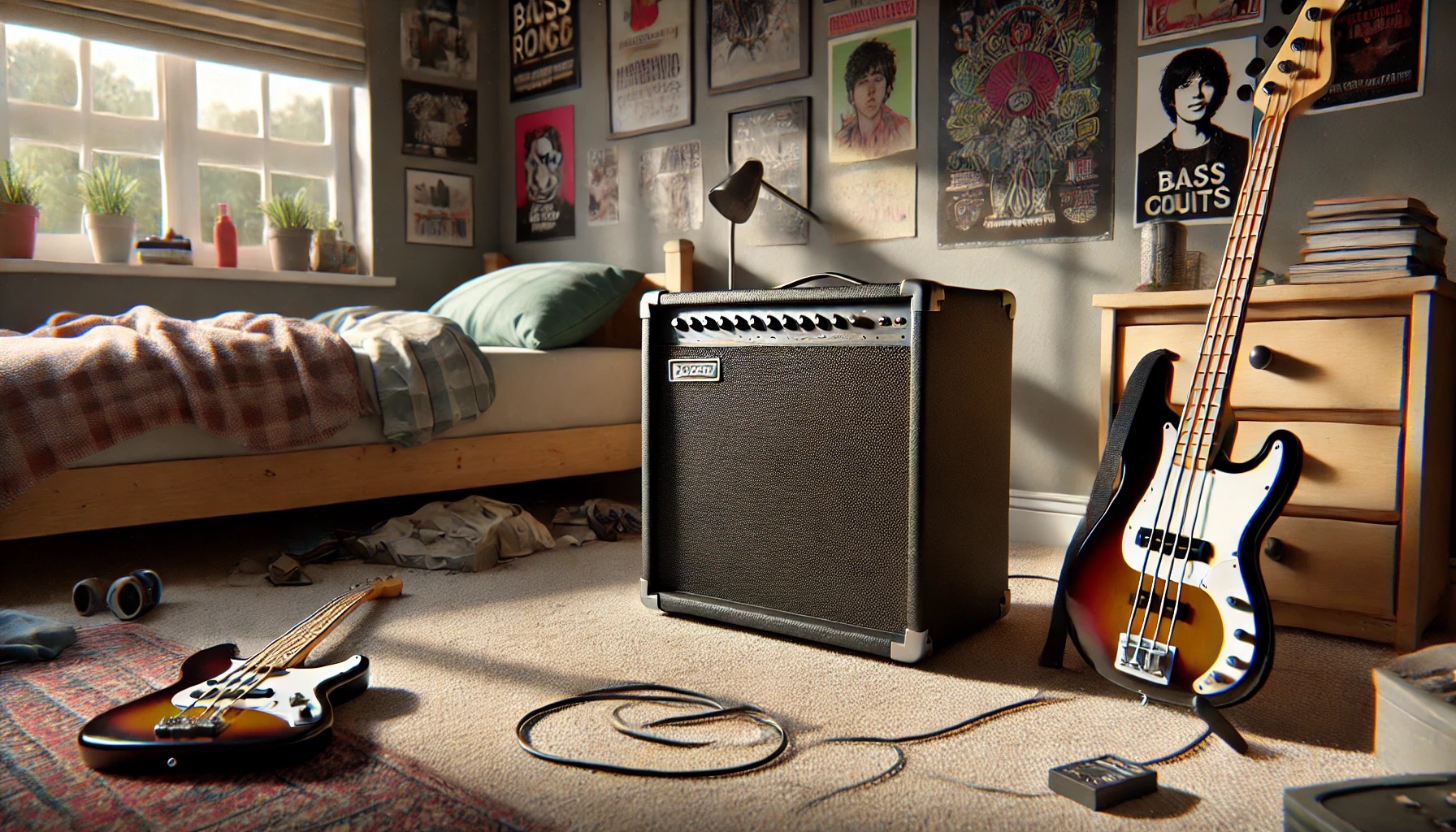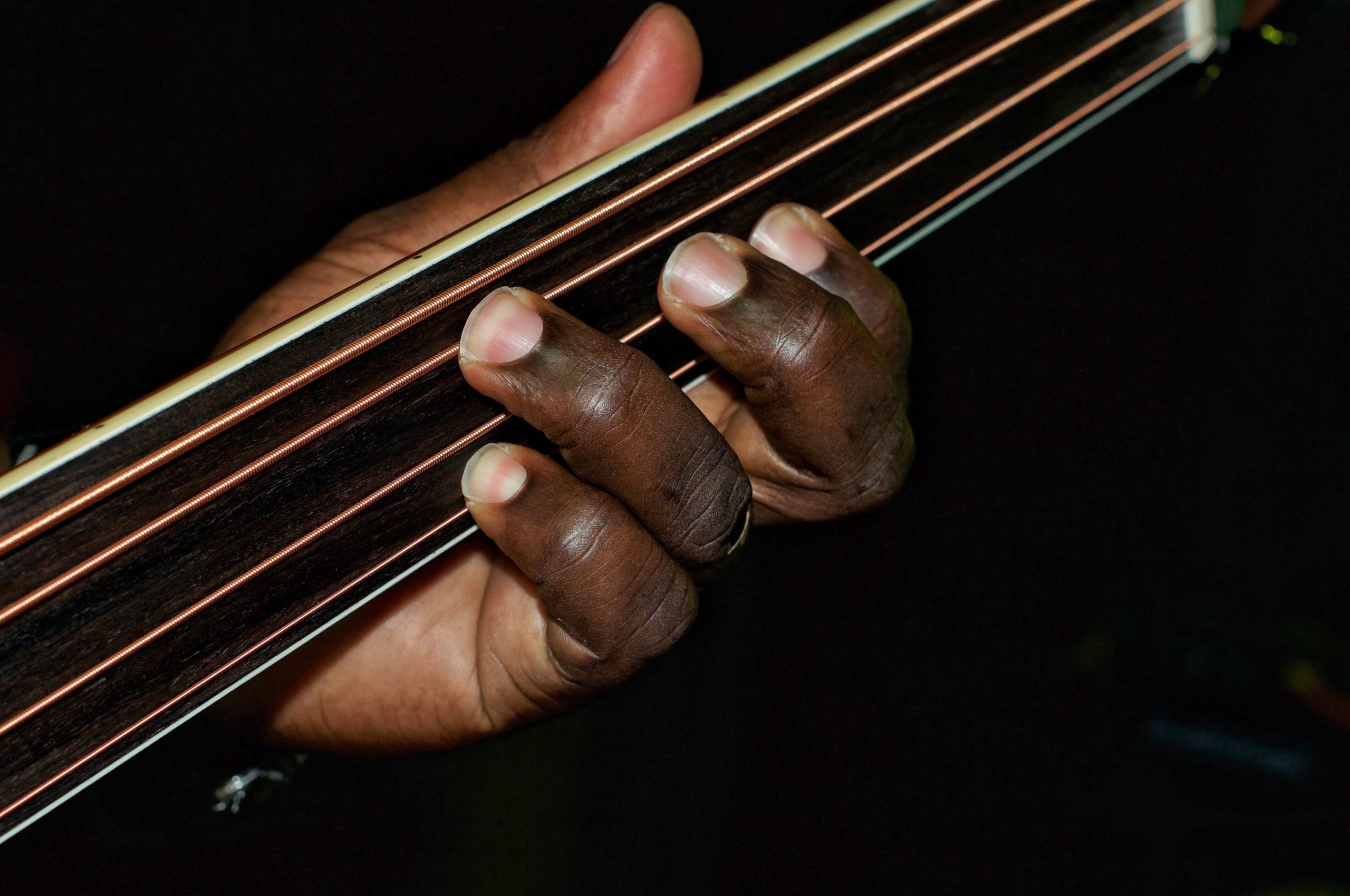How to Set up a Bass Guitar
KEY TAKEAWAYS
- Setting up a bass guitar requires adjusting the truss rod, the height of the saddle, and changing the strings. You may also need to know how to put on a guitar strap so it hangs properly on yourself.
- The process only requires a few essential tools and an understanding of the basic anatomy of an electric bass.
- The best way to know whether your bass needs an adjustment is if the frets are buzzing or the strings feel difficult to press down.
Many people go to great lengths to find the best bass they can afford, only to get it home and realize that something feels wrong. Whenever an instrument passes from one player to another or is brand new, it will usually need adjusting before you learn how to write a song on guitar. So whether it be calibrating the neck, action, or saddle, it’s as essential to know how to set up a bass guitar as it is to know what a bass guitar is used for.
How to Set up Your Bass Guitar
Routine maintenance measures are important for any serious bass player to know, and they are essentially the same simple steps you’ll take to set up your new bass. Just like knowing how to replace bass tuning pegs, they can make a big difference in overall playability and sound quality.
- Difficulty: Medium
- Time Required: 1 hour
- Total Steps:
- Tools Needed: Allen Wrench (Hex Wrench), Phillips Screwdriver, Extra Strings
Step 1 – Inspect What Parts Need Adjustment
- Begin by playing your bass. Keep an eye out for a few things, such as whether the frets feel too high or low or if you have any frets that buzz.
- Check your strings for corrosion or damage. And if you need to buy new ones, keep in mind how many strings the bass guitar has so you buy the correct set.
Step 2 – Change the Bass Strings if Necessary
- Put on a new pair if you find old, worn, or damaged strings and know how to change bass strings. Don’t forget to note whether you’re putting on heavier gauge strings than the old set.
Step 3 – Perform a Truss Rod Adjustment
- Check your neck relief by looking at the space between each string and the top of the 7th fret. Note whether the string is either too high or low from the frets. As a general rule, check to make sure that at the 12th fret, the strings should be 6/64th of an inch away from the fret for the bass strings, and 4/64th for treble strings.
- Take your Allen wrench and turn it counterclockwise if you have excess relief. Adding neck relief brings the string height away from the neck. If there is too much relief, turn the truss rod clockwise. Acoustic guitars have truss rods as well, and some are adjustable like what the guitar in our Yamaha FG830 review has.
Step 4 – Adjust the Bass’s Action
- Test the bass by playing each string. If a string buzzes, you’ll have to raise the action, and if the strings are too far from the fretboard, you’ll have to lower it.
- Use an Allen wrench (or Phillips head screwdriver) at the guitar’s bridge to turn each adjustment screw to change the action. Give each screw about a quarter turn. Test for feel, and continue adjusting the strings until they are both easy to press down and don’t buzz.
Step 5 – Let It Rest, then Tune It
- After a truss rod and height adjustment, let the guitar sit for a few hours.
- Give your guitar a regular tuning and make any more adjustments if necessary. You can also learn how to tune a guitar without a tuner if you don’t have one yet. Then you’re ready to take on playing your instrument and learning about more playing methods like learning how to play slide guitar.
How to Set up a Bass Guitar FAQs
How much will a professional setup cost?
Having your bass setup by a professional typically costs anywhere from $50 – $100.
What to look for when you buy a bass guitar?
The most crucial aspects to consider are that the size of the body and the feel of the neck are comfortable for you. Also, consider the type of pickup and tone it has to make sure it matches your musical style.
Should you play a 4-, 5-, or 6-string bass guitar?
If you’re just starting, a typical four-string bass is recommended. But if you are a experienced jazz or heavy metal player, you might want to consider one with more strings.
Tip: If you change the strings and use a different string gauge than before, your guitar will likely need to be readjusted to accommodate the new string tension.
STAT: As a rule of thumb, the best place to measure the guitar’s action is the 3rd and 12th fret. (source)
Warning: Don’t adjust your truss rod unless you feel confident in what you’re doing. If you aren’t sure how to do this, take it to a professional for an adjustment. Overworking the truss rod can damage the bass’s neck.
Sources:
https://www.premierguitar.com/diy/guitar-bass-mods/bass-guitar-setup
https://www.sweetwater.com/insync/how-to-set-up-a-bass/
https://www.studybass.com/gear/bass-setup/


